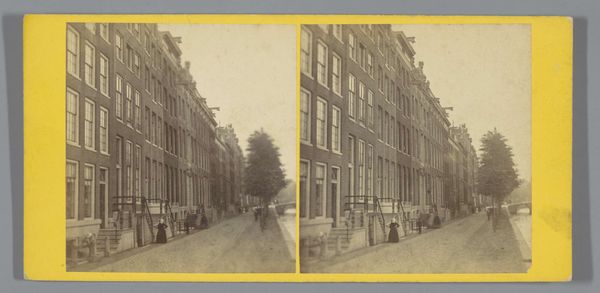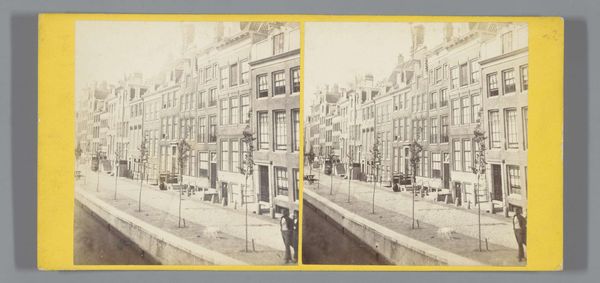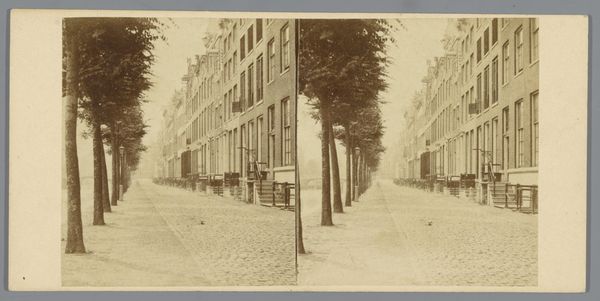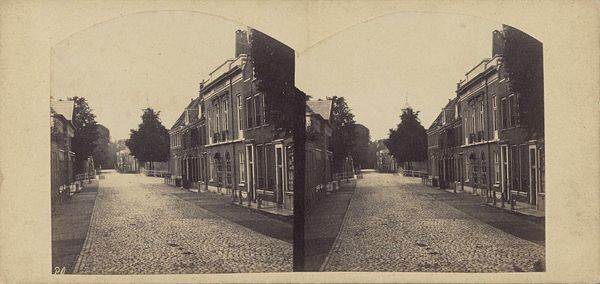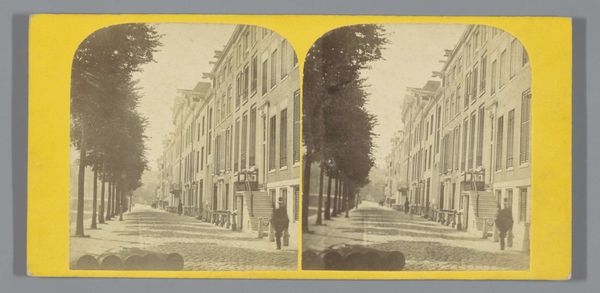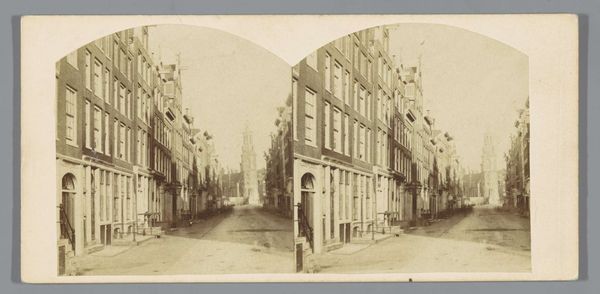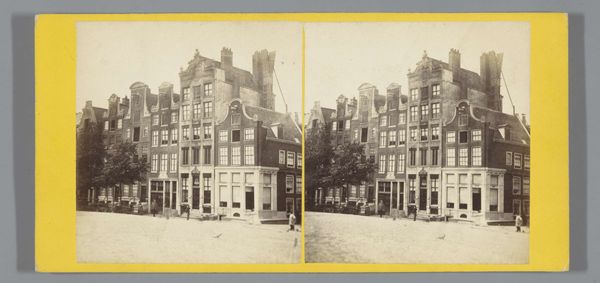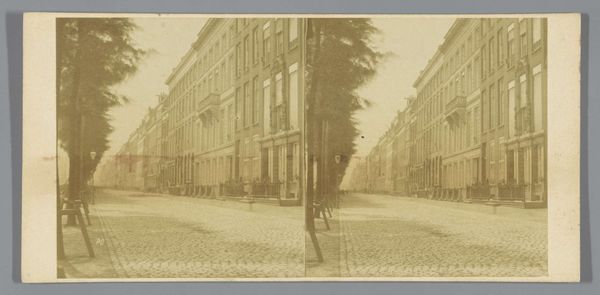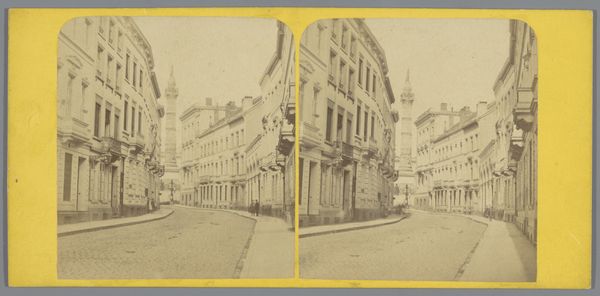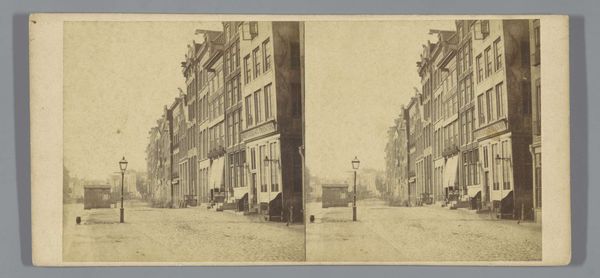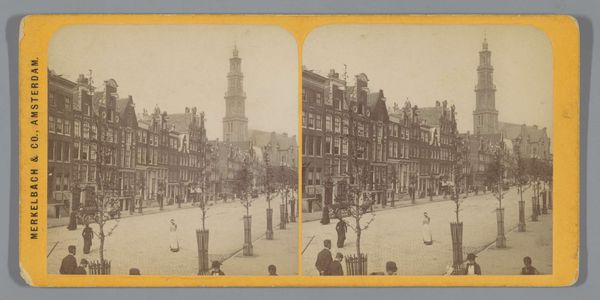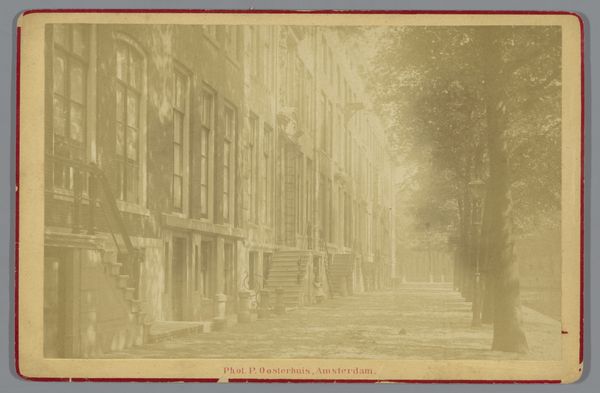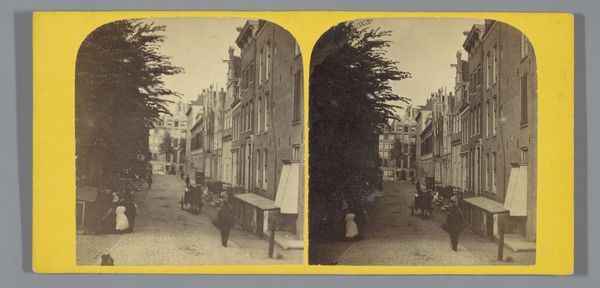
photography, albumen-print
#
street-photography
#
photography
#
cityscape
#
albumen-print
#
realism
Dimensions: height 81 mm, width 169 mm
Copyright: Rijks Museum: Open Domain
Editor: So this albumen print, "Het Damrak te Amsterdam met passanten," captured before 1867 by an anonymous photographer, is fascinating. It feels like a perfectly still moment amid bustling city life. What catches your eye? Curator: Well, consider the albumen print itself. It’s a process rooted in specific materials: egg whites, silver nitrate. How did this method democratize image production and consumption? The sharp detail offered a new way of seeing and recording reality. Notice how this new technology impacted traditional artisanal modes of representation, like painting. Were they collaborators or competitors in portraying the evolving urban landscape? Editor: That's an interesting perspective. It's easy to get lost in the scene and forget the technical achievement behind it. Curator: Precisely. Look closer: What can the photographic process and perspective tell us about labor in 19th-century Amsterdam? Editor: I see… the photograph emphasizes the flow of labor within Amsterdam itself. It almost feels as if you are placed within this exact space and time in the city. I also appreciate that an artist from any socioeconomic class could've snapped the photo given the correct resources, right? Curator: Yes, and what is missing in the photograph? Editor: Well, most obviously, there isn’t color. But what strikes me even more is the absence of… the photographer. They become invisible, and thus, the focus entirely shifts towards the physical labor apparent in the setting of the photograph itself. Curator: Indeed, that's key. Consider how the albumen process facilitated both documentation and erasure in this depiction of Amsterdam's working life. Food for thought, eh? Editor: Absolutely! This gives me a richer understanding of how the materiality and process of photography influenced social representations back then. Thanks!
Comments
No comments
Be the first to comment and join the conversation on the ultimate creative platform.
